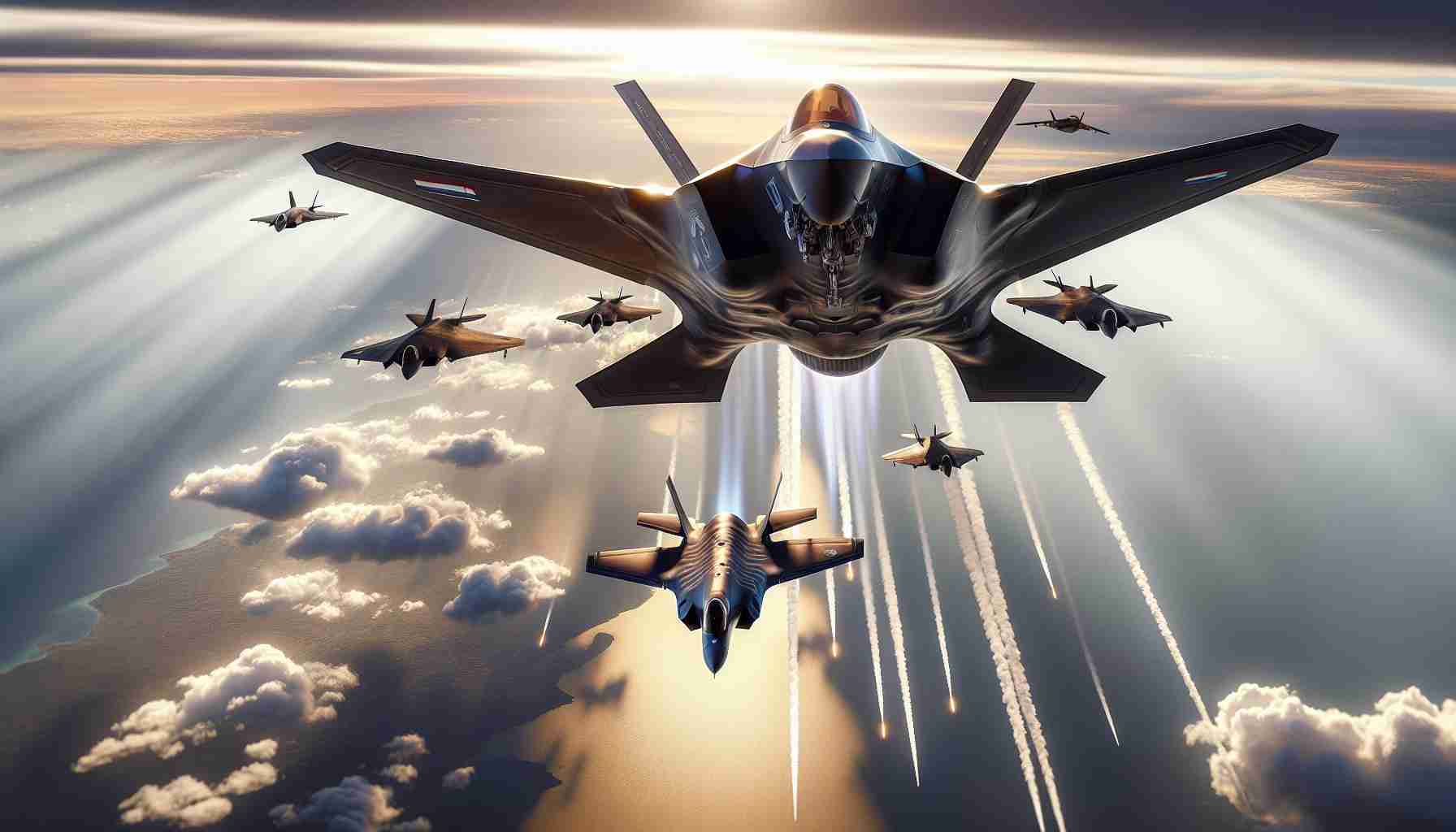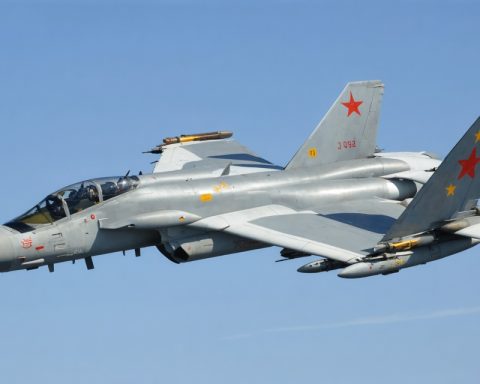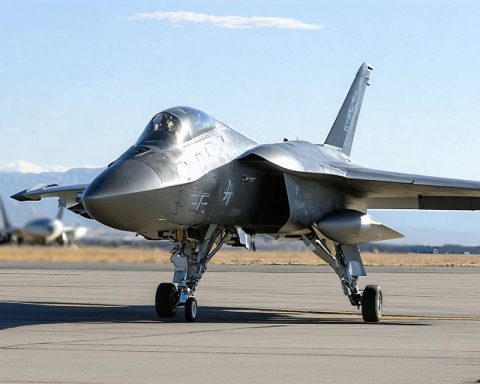In a bold move showcasing military readiness, Dutch F-35 fighters took to the skies last Friday to manage a tense situation over the Baltic Sea. These advanced aircraft, part of NATO’s rapid response forces, soared into action as three Russian planes appeared in the vicinity.
Protecting NATO’s Boundaries
The Dutch defense ministry revealed that the mission’s objective was to escort the Russian planes safely across NATO’s designated space. The operation remained within international waters, underlining the disciplined conduct of the Dutch pilots.
A New Chapter in Baltic Defense
This mission heralds the start of an intensified deployment since Dutch F-35 fighters began patrolling NATO’s eastern frontier earlier this month. Stationed in Estonia, these jets are tasked with identifying and intercepting any unidentified aircraft approaching NATO territory. “It’s about safeguarding our skies against any Russian threats,” expressed the Dutch Defense Minister, Ruben Brekelmans. He emphasized the importance of this vigilance, especially given Russia’s ongoing military presence near NATO borders.
A Continuing Commitment
Since Lithuania, Latvia, and Estonia joined NATO in 2004, their skies have been secured by alliance jets, including Czech and Danish contingents. Most recently, Czech forces wrapped up a five-month mission with their JAS-39 Gripens. The situation last Friday highlights not only the strategic importance of NATO’s Baltic presence but also the cooperative efforts of member nations in ensuring regional stability.
F-35s on the Rise: New Insights into NATO’s Air Strategy
In a testament to modern military strategy and aerial innovation, the recent deployment of Dutch F-35 fighter jets over the Baltic Sea marks a significant turn in NATO’s defense initiatives. This operation not only underscores enhanced technological capabilities but also illustrates a tactical evolution in response to aerial encroachments near NATO territories.
The Technological Prowess of the F-35
One of the latest in military aviation, the F-35 Lightning II offers unmatched stealth features, advanced sensors, and the ability to network with other aircraft. These features provide pilots with a comprehensive view of operations, ensuring enhanced situational awareness and tactical superiority. As part of NATO’s rapid response fleet, the F-35s are among the most advanced jets, designed to mitigate threats with precision.
Strategic Deployment and Roles
Stationed strategically in Estonia, the Dutch F-35s form a crucial arm of NATO’s air policing mission. Their primary roles include aerial surveillance, threat detection, and escalation management over the eastern frontier. This positioning allows for rapid response times and the ability to enforce NATO’s airspace effectively, safeguarding member states from unlawful incursions.
Trends in Air Defense Operations
Recent strategies highlight a shift towards increased deployment of fifth-generation aircraft like the F-35 for complex missions. Their integration implies a preference for versatile, multi-role combat capabilities that can adapt to varied national defense needs. Additionally, the move reflects an ongoing trend towards fostering cohesive defense frameworks among allied nations, emphasizing shared responsibilities in regional security.
Innovations in Defense Coordination
NATO’s approach involves leveraging cross-nation military capacities, with aircraft and support being shared among member states. This innovative collaboration exacerbates resource efficiency and fortifies collective defense arrangements. Continuous training and simulation exercises are facilitated to enhance interoperability among diverse air fleets, increasing readiness for simultaneous multinational responses.
Sustainability and Long-Term Commitments
The shift to F-35s is accompanied by a commitment to long-term operational sustainability, focusing on defense resource optimization and reduced environmental impacts. These modern jets are engineered for fuel efficiency and cost-effectiveness, presenting a more sustainable option in prolonged defense scenarios.
Market and Future Predictions
The F-35’s deployment is projected to influence defense procurements significantly, as nations within NATO and beyond evaluate their air sovereignty shields. Future incorporations will likely be driven by the jet’s performance, and strategic contributions in real-time defense situations could dictate the trajectory of air force developments globally.
For more information about NATO’s evolving defense practices, visit the main page of NATO.












